Central Asia's renaissance: Tokayev's vision for sustainable growth & prosperity Kazakh leader's strategic vision for progress
For centuries, Central Asia has been a crucible of geopolitical and spiritual synergy, possessing significant natural resources, a substantial population, and an extensive cultural and historical legacy. Kazakh President Kassym-Jomart Tokayev envisions a revitalization of this region, advocating for sustainable development and regional cooperation that will foster prosperity across the Central Asian nations. In his article, Tokayev delves into the historical and contemporary significance of Central Asia, offering a blueprint for its future.
Common development goals
Central Asia’s unique blend of nomadic and sedentary lifestyles has profoundly shaped its economic system, political culture, and value framework. Despite the rise and fall of empires and various political and economic models, the region's identity has remained resilient, with its inhabitants historically interacting harmoniously with diverse civilizations. This symbiosis enabled Central Asia to play a pivotal role in the history of the Great Silk Road and Eurasia while preserving its ethno-cultural and spiritual identity.
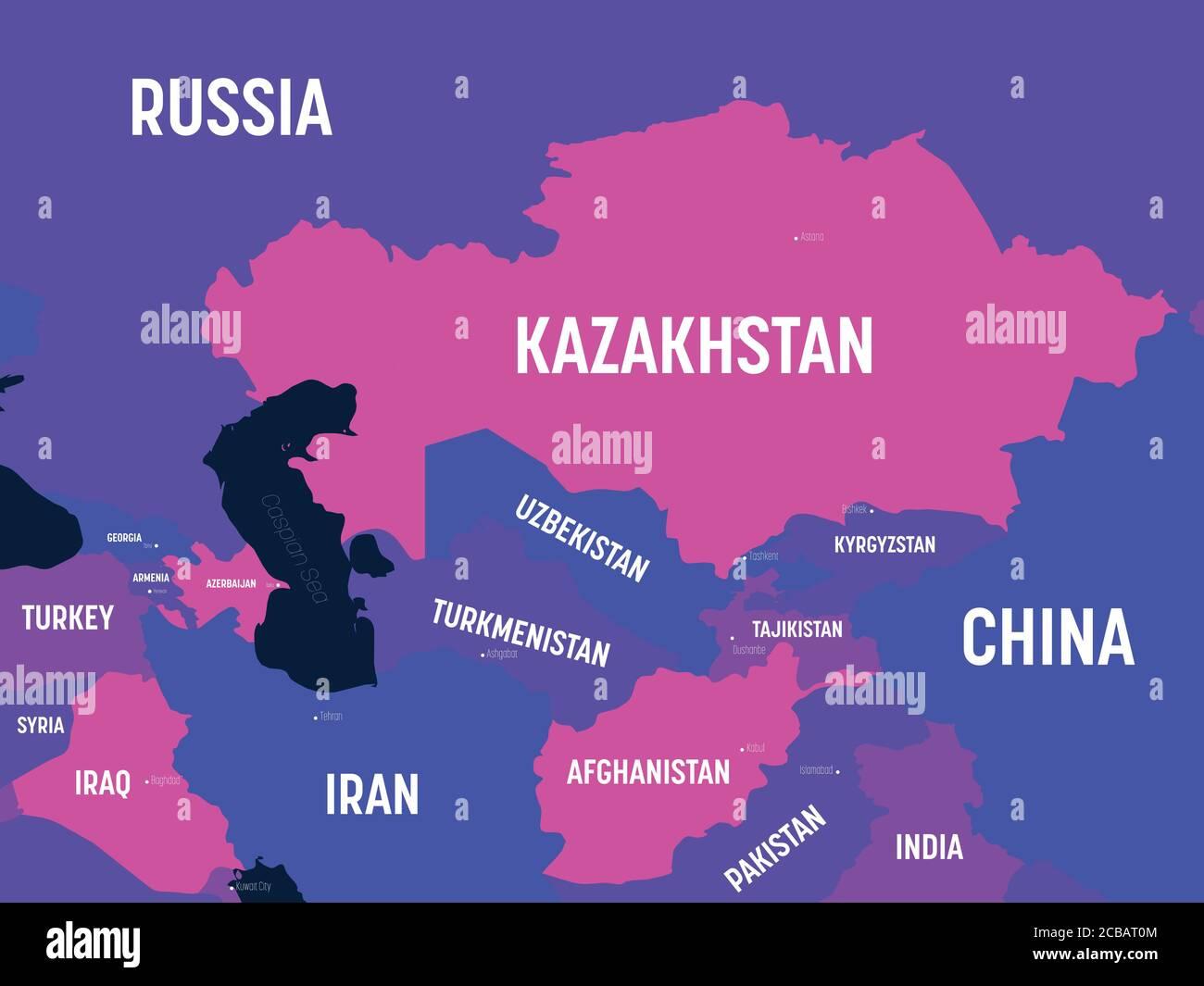
In modern times, the Central Asian republics have defied pessimistic predictions, proving their worth and establishing themselves as respected members of the international community. The unity and wisdom of their peoples have been instrumental in safeguarding territorial integrity, freedom, and independence. Each country in the region has accumulated unique experiences in state-building, developing a market economy, restoring cultural heritage, and shaping a national identity.
Tokayev highlights the progress made in various sectors, including education, healthcare, and infrastructure, contributing to the socioeconomic advancement of the population. Interstate relations within Central Asia have also undergone significant changes, with constructive bilateral and multilateral cooperation replacing past contradictions.
Central Asian states have developed a pragmatic foreign policy strategy, creating a stabilizing balance of inter-country and inter-regional interests. By promoting their ideas and projects in multilateral organizations such as the CIS, SCO, CICA, ECO, EAEU, and OTS, the Central Asian states have established themselves as steadily developing and self-sufficient countries at the heart of Eurasia.
The region’s role in a new phase of development
Geographically, Central Asia has historically contributed to cultural enrichment and inter-civilizational dialogue. Today, the region continues to fulfill this mission, with its states holding similar views on global sustainable development, security, and stability. The emergence of new dialogue platforms in the "CA plus" format underscores Central Asia’s growing political weight in international relations.
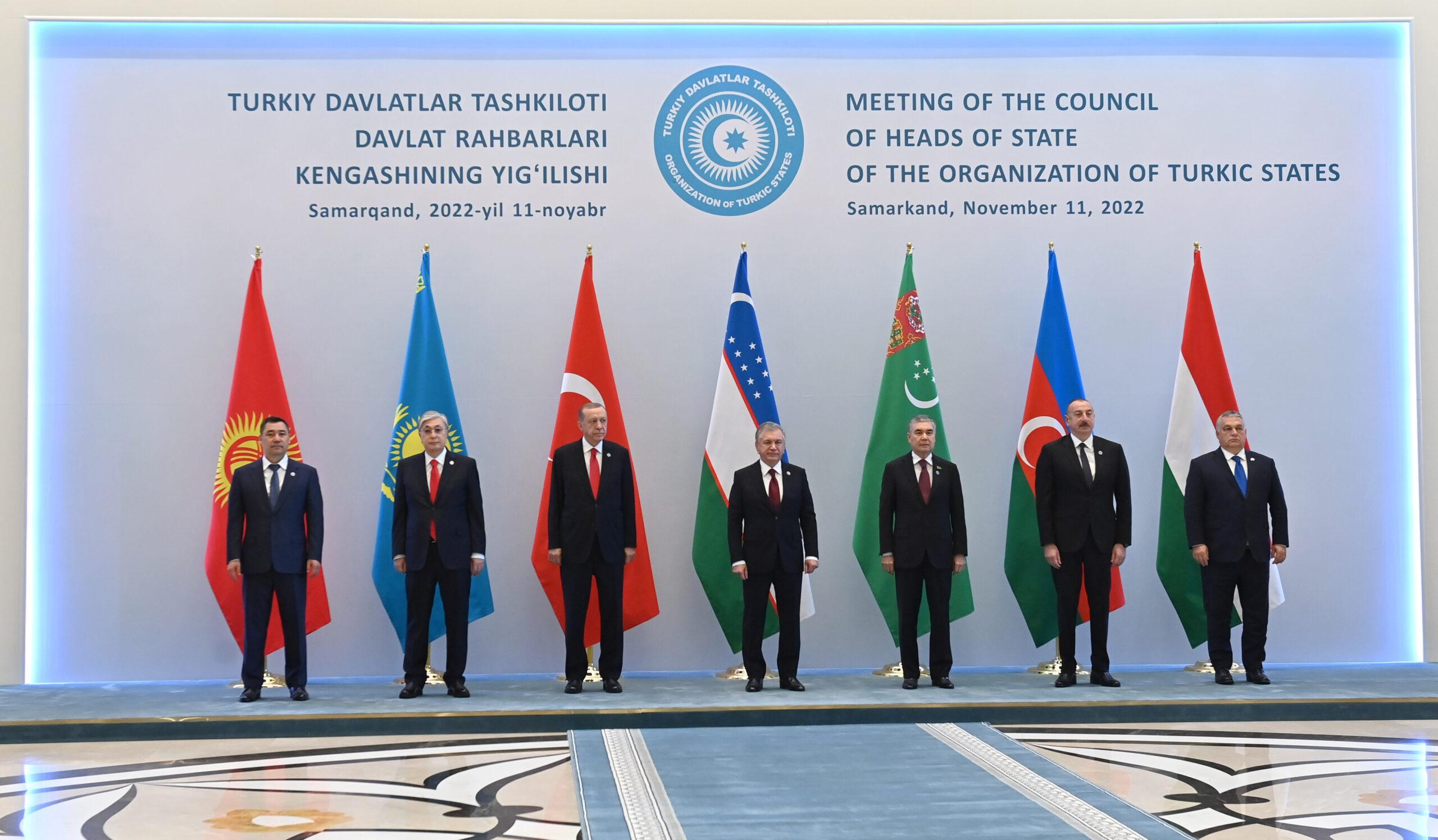
Recent summits and high-level meetings, including those between Central Asia and Russia, China, the USA, Germany, and the European Union, have solidified the region’s subjectivity on the global stage. Tokayev envisions Central Asia not only as a link between Asia and Europe but also as a distinct regional actor capable of becoming a new center of global gravity.
The region's commitment to traditional values, coupled with a drive for modernization and innovation, positions Central Asia as a self-sufficient and influential participant in the evolving international system. The region’s growing economic weight and openness to innovation create conditions for it to become a driver of the modern world order.
A new format of interaction
The coming decade is poised to be decisive for Central Asia, and Tokayev emphasizes the importance of seizing this historic opportunity. In the face of global geopolitical turbulence, Central Asian states have created a space of trust and indivisible security, removing barriers to regional cooperation and laying the foundation for elevating their multifaceted cooperation to a qualitatively higher level.
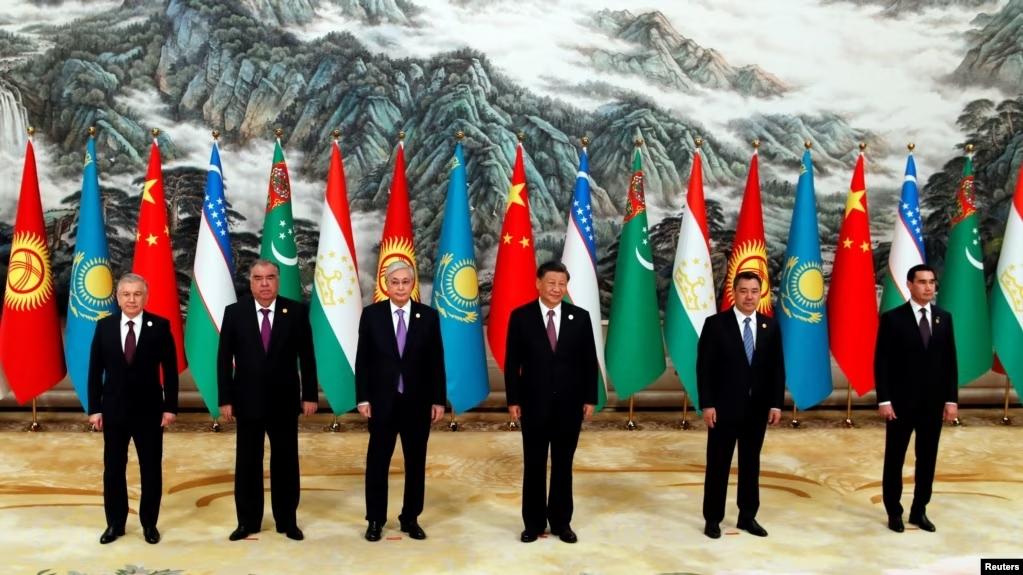
Kazakhstan has established allied relations with Kyrgyzstan, Tajikistan, and Uzbekistan while expanding its strategic partnership with Turkmenistan. The intensification of contacts at various levels reflects the desire for closer ties among the peoples of the region. Mutual visits and regular meetings of heads of state have deepened inter-parliamentary, inter-governmental, and inter-agency relations.
The formation of a unique Central Asian format of cooperation is based on fundamental principles such as mutual respect for independence, sovereignty, and territorial integrity. The outcomes of recent Consultative Meetings of the heads of Central Asian states have deepened and expanded regional cooperation, bringing it to an unprecedented level.
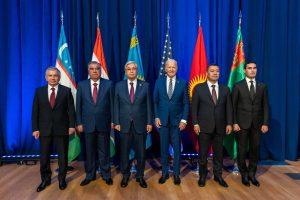
Tokayev highlights the significant progress made in joint economic and infrastructure projects, which have transformed Central Asia into a region of mutually beneficial cooperation. The volume of mutual trade has almost doubled in recent years, and joint projects in transport, industry, and digitalization are expected to further drive regional growth.
Common vision of the prospects for regional cooperation
The transformation of Central Asia into an economically developed and prosperous region requires the consolidation of efforts among all five states. The upcoming Astana meeting is expected to open a new chapter in the development of the region for the next five years (2024–2028). Tokayev emphasizes the importance of intraregional interaction for stabilizing the region as a special civilizational area.
Key goals for Central Asia’s future
Peace & stability: Maintaining peace and stability in Central Asia and neighboring regions is crucial for long-term development. Kazakhstan advocates for strict adherence to international law, respect for sovereignty, and inviolability of borders. Collaboration in defense policy and security is essential, and the establishment of a regional security architecture is particularly relevant.
Economic potential & cooperation: The development of economic potential and deepening of cooperative ties are paramount. Central Asia is now a hub of opportunity for trade, investment, science, and innovation. Joint economic projects and the advancement of technology in regional economies are key to reducing reliance on resources and transitioning to intellectual production.
Transport logistics & transit hub: Central Asia has the potential to become a crucial transport logistics and transit hub on the global stage. The development of transportation corridors, including the Trans-Caspian International Transport Route (Middle Corridor), is vital for the region’s growth.
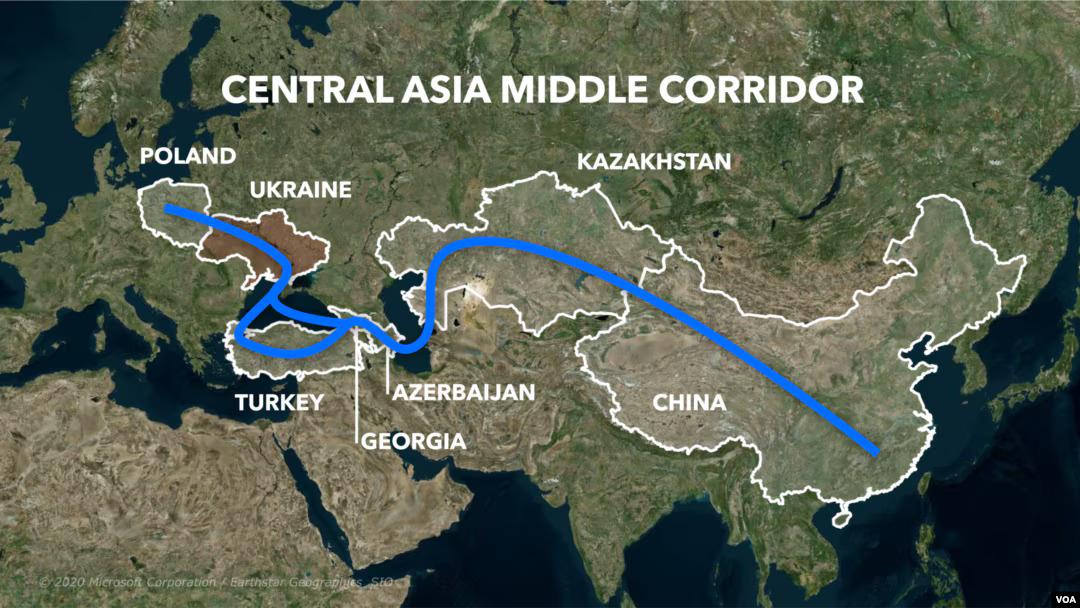
Water, energy, and food security: Addressing water scarcity, energy projects, and food security is crucial for the region’s socio-economic stability. Kazakhstan proposes intensifying cooperation with the International Fund for Saving the Aral Sea and developing a Strategic Plan for Food Security in Central Asia until 2030.
Young intellectual generation: Central Asia’s young population has a unique competitive advantage, offering great opportunities for economic and social development. Fostering the region’s intellectual potential is essential for driving renewal in economic, technological, and cultural spheres.
Conclusion: A blueprint for Central Asia’s future
President Tokayev’s vision for Central Asia’s renaissance is rooted in a shared history and common goals for sustainable development and prosperity. By embracing cooperation and modernization, Central Asia is poised to become a significant actor in the global arena, driving economic growth and contributing to a stable and prosperous world order. The region’s strategic framework, as outlined by Tokayev, serves as a blueprint for the future, emphasizing the importance of unity, innovation, and a commitment to traditional values.








